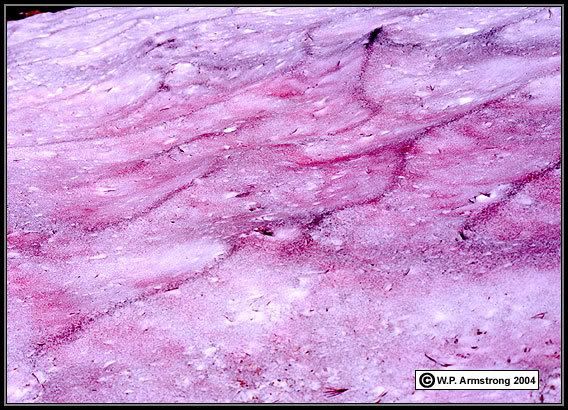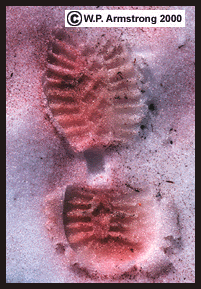Fireweed gets its name because of how earnestly it colonizes land after a forest fire. It's also being used to reestablish vegetation on sites that have been disturbed by oil spills! Basically all it needs to grow and flower is lots of space and lots of light. When other plants begin to grow in the burned land, fireweed can't compete and becomes much less abundant. But it's a scrappy plant- seeds can remain in the soil for years... and germinate after another fire wipes out the plants again! When this happens, dense "stands" of plant grow, covering the field with the tall, bright pink plants (though it can also be white). It can grow up to eight feet tall!
Fireweed, Wendy's favorite flower, is a perennial plant, meaning that it lives for more than two years, native to the temperate Northern Hemisphere. As a perennial in a temperate climate, it grows during the growing season and is dormant and loses its foliage during the winter ("seasonality" can mean warm and cold periods or wet and dry periods). This qualifies fireweed as a deciduous perennial. So, fireweed blooms during growing season (last frost to first frost) and that varies on your location. According to The Old Farmer's Almanac, Seattle's growing season is 232 days long. Therefore, for the immediate Seattle area, fireweed's growing season is March 24th to November 11th.
Fireweed is the floral emblem of the Yukon.

The link to this phograph on the web is here.

The link to this photograph on the web is here.






